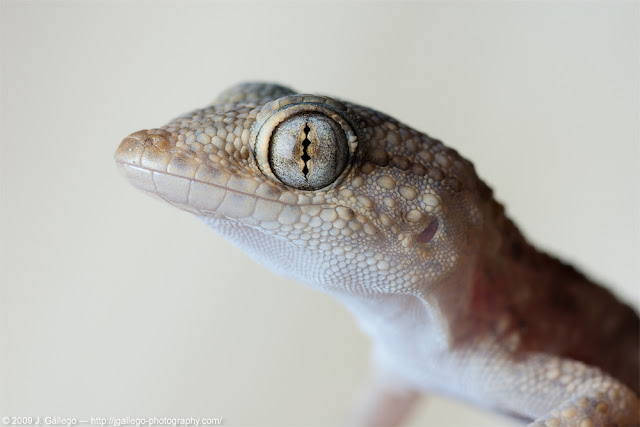If the snake in the New York cab news story wasn’t enough, this one might just cause you to lose your appetite, as ABC News is reporting that a woman found the head and some guts of what appeared to be a green anole (Anolis carolinensis) in her kale salad. Leer más.





 | S.O.S. Salamandra. Una de las dos subespecies que habitaban en el sureste ibérico (Granada y Almería) se ha extinguido, la que queda, apellidada ‘morenica’, aún podría salvarse En fuentes y abrevaderos del noreste granadino todavía perviven poblaciones de un anfibio inofensivo, que ha sido perseguido y masacrado por la superstición y el miedo Por Juan Enrique Gómez y Merche S. Calle / IDEAL y Waste Magazine. Leer más. |
 | Una salamanquesa jamás nos perseguirá para mordernos, cuando nos vea siempre tratará de huir y esconderse, pero es cierto que si logramos atraparla y la cogemos con la mano, puede mordernos, sobre todo los ejemplares más grandes y viejos. En cualquier caso, sus dientes son demasiado pequeños y la fuerza de sus mandíbulas demasiado débil para hacernos daño. Leer más. |
A 70-million-year-old fossil found in the Late Cretaceous sediments of Alaska reveals a new small tyrannosaur. Tyrannosaurs, the lineage of carnivorous theropod («beast feet») dinosaurs that include T. rex, have captivated our attention, but the majority of our knowledge about this group comes from fossils from low- to mid-latitudes of North America and Asia. In this study, scientists analyzed the partial skull roof, maxilla, and jaw, recovered from Prince Creek Formation in Northern Alaska, of a dinosaur originally believed to belong to a different species, and then compared the fossils to known tyrannosaurine species. Leer más.






